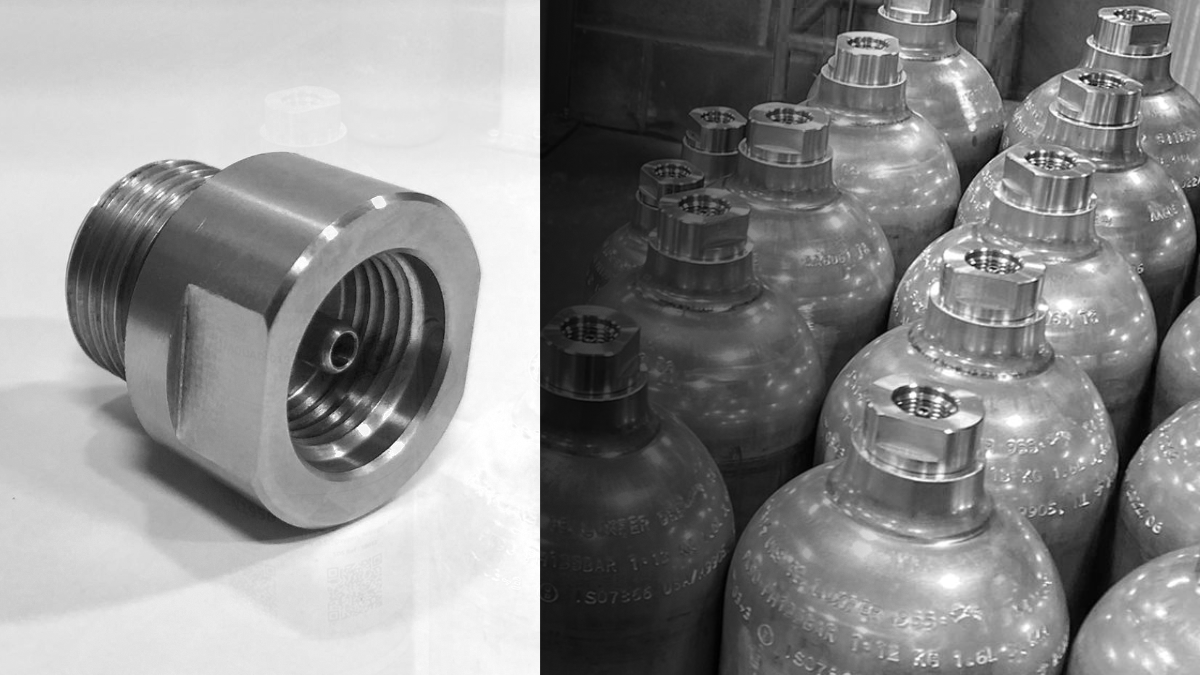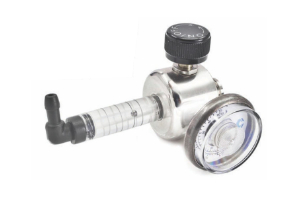
-
By Vonix
-
20 June 2025
- 0 Comment
Gas Cylinder Valves: Features and Material Choices
Gas cylinder valves play a critical role in the safe, efficient and stable delivery of gases. Selecting the right valve design and material is essential to ensure optimal performance, especially for specialised applications. Below, we explore the key features of gas cylinder valves and provide material recommendations for reactive and non-reactive gas contents.
Key Valve Features
Gas cylinder valves should incorporate the following essential design elements:
Built-In Safety Relief Devices
Efficient Cylinder Evacuation
Reliable Gas-Tight Seals
Unrestricted Gas Flow
Material Selection for Gas Cylinder Valves
The choice of material for gas cylinder valves is as important as the cylinder material itself. Different applications and gas types demand specific materials to maintain stability and quality.
Reactive Gases
For reactive gases, where exposure to chemical reactions can compromise valve integrity, 100% stainless steel (304 grade or better) is recommended. This material provides superior resistance to chemical corrosion in most scenarios. However, caution should be exercised for strong chlorine (Cl₂) and hydrogen chloride (HCl) conditions, as even 304 stainless steel can corrode under these conditions. A shelf life of less than nine months is advised in such environments.
Non-Reactive / Inert Gas
For non-reactive gases, more economical material options can be considered:
- Brass (or Nickel-Plated Brass): Suitable for many non-reactive applications, though variable plating quality can expose copper elements, leading to unwanted reactions.
- Aluminum (Nickel-Plated): Another viable and cost-effective option for non-reactive gases.
Additional Material Considerations
- O-Ring and Seal Types: Choosing compatible O-ring materials like Viton, nitrile, or PTFE ensures long-lasting seals and optimal valve performance.
- Copper Exposure: Any exposure to copper may result in reactive chemical issues, such as H₂S reactions, underscoring the importance of proper plating and material selection.

The Bottom Line
Selecting the right valve features and materials for gas cylinder applications is critical for ensuring gas stability, safety and performance. For reactive gas service, stainless steel remains the top choice, while non-reactive gases can benefit from more economical materials like brass or aluminium. Careful attention to these details ensures the delivery of high-quality gas mixtures tailored to diverse industrial and commercial needs.
Vonix is on hand to answer your questions about gas flow control valves, get in touch with us.

